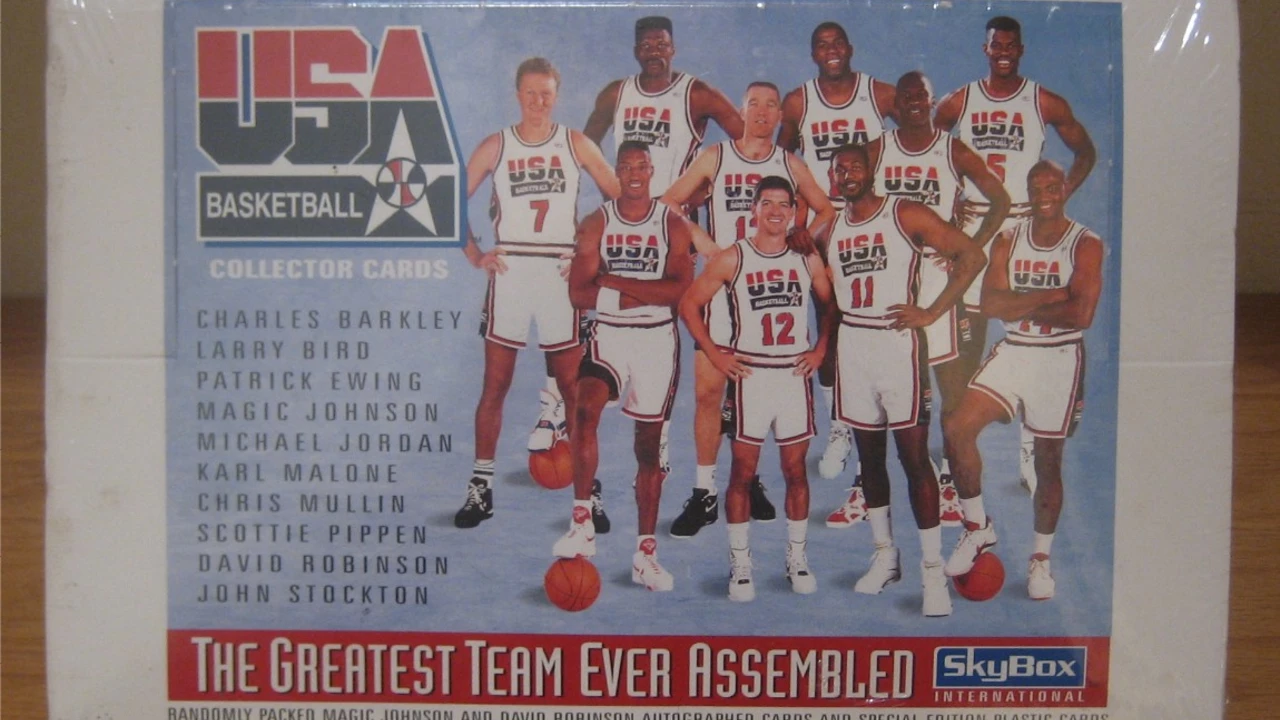Baseball Cards – A Practical Guide for Collectors
If you’ve ever opened a pack of baseball cards and felt that rush of excitement, you’re not alone. Millions of people treat these little pieces of cardboard as more than just paper – they’re a hobby, an investment, and a way to feel connected to the game. This guide walks you through the basics of finding good cards, figuring out what they’re worth, and keeping them safe.
Finding the Right Cards
The first step is to decide what you want to collect. Some people chase rookie cards of current stars, while others hunt for vintage gems from the 1950s. A good rule of thumb: start with a clear focus, then stick to it. It makes buying and sorting easier.
Local flea markets, card shops, and online marketplaces like eBay are gold mines. When you’re browsing, look for cards in decent condition. Check the corners, edges, and surface for any bends or stains. Even a small flaw can drop the price by a lot, so trust your eyes.
Don’t forget to join Facebook groups or Reddit threads dedicated to baseball cards. Members often trade or sell cards at lower prices than the big sites, and you’ll pick up tips from seasoned collectors. A quick chat with a seller can reveal a card’s backstory, which sometimes adds extra value.
Protecting and Selling Your Collection
Once you’ve got a stash, protect it. The cheapest way is to use penny sleeves – clear plastic sleeves that keep dust and fingerprints away. For high‑value cards, invest in a top‑loader or a hard case. Store everything flat in a cool, dry place; humidity is the enemy of cardboard.
When you’re ready to sell, research recent sales. Look up the exact card, year, and grade on websites like PSA or Beckett. Prices can swing a lot based on demand, so having a realistic expectation helps you avoid disappointment.
Listing your cards? Write a clear description. Mention the player, year, set, and condition. Include photos from multiple angles – a blurry picture can turn a buyer away. Set a fair price and be ready to negotiate; most collectors expect a little back‑and‑forth.
If you’re not comfortable handling the sale yourself, consider consigning the cards to a reputable shop. They take a cut, but they also bring buyers you might never reach on your own.
Bottom line: collecting baseball cards is about enjoying the hunt, learning what makes each card special, and keeping your collection safe. Whether you’re after a future Hall‑of‑Famer’s rookie card or a nostalgic piece from your dad’s attic, the basics stay the same – know what you want, protect what you have, and stay informed about market trends. Happy collecting!
